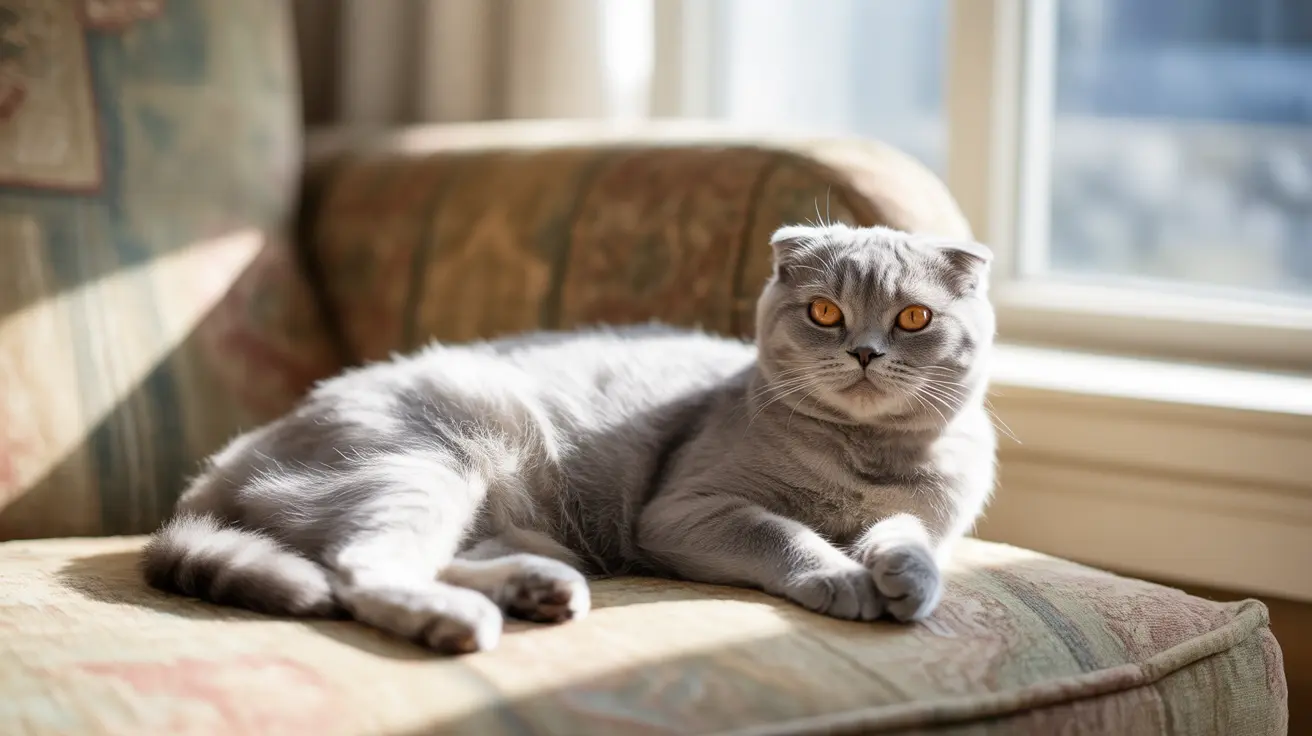What Are Designer Cats?
Designer cats are specially bred felines developed for distinctive physical features, unique coat patterns, or specific personality traits. These breeds often command premium prices and include popular varieties like Bengals, Savannahs, and Scottish Folds. Some designer breeds incorporate wild cat genetics to achieve exotic appearances, while others are bred for specific physical characteristics like folded ears or shortened legs.
The Hidden Costs of Extreme Breeding
While designer cats may be visually striking, breeding for extreme features often comes with significant health implications. Many popular traits are actually genetic mutations that can cause serious medical conditions:
Physical Traits and Associated Health Issues
- Folded ears (Scottish Fold): Severe arthritis and chronic pain
- Short legs (Munchkin variants): Mobility problems and joint issues
- Flat faces (Persians, Himalayans): Breathing difficulties and eye problems
- Tailless varieties (Manx): Spinal issues and impaired communication
- Hairless breeds: Skin sensitivity and temperature regulation challenges
The Impact of Wild Hybrid Breeding
Designer cats with wild ancestry, such as Bengals and Savannahs, present unique challenges. While their exotic appearance is appealing, these cats often require specialized care and may exhibit more intense behavioral traits that many owners aren't prepared to manage.
Responsible Ownership Considerations
Before pursuing a designer cat, potential owners should consider several crucial factors:
- Health screening requirements
- Genetic testing for breed-specific conditions
- Long-term care costs and commitments
- Environmental enrichment needs
- Behavioral management strategies
Making Ethical Choices
Supporting responsible breeding practices is essential for promoting feline welfare. Consider adoption from breed-specific rescues or shelters as an alternative to purchasing from breeders. If working with a breeder, ensure they prioritize health testing and ethical breeding practices over appearance.
Frequently Asked Questions
What health problems are common in designer cat breeds like Bengals, Scottish Folds, and Exotic Shorthairs?
Common health issues include arthritis in Scottish Folds, respiratory problems in flat-faced breeds, and potential behavioral challenges in Bengal cats. Each breed has specific genetic predispositions that can lead to various health complications.
How can I identify ethical breeders when looking for a designer cat breed?
Ethical breeders will provide comprehensive health testing documentation, maintain transparent breeding practices, and prioritize animal welfare over profit. They should openly discuss potential health issues and have a clear breeding program focused on improving the breed's health.
Why are extreme traits like folded ears or flat faces considered harmful to designer cats?
These traits are actually genetic mutations that can cause significant health problems. Folded ears result from a cartilage defect that affects the entire body, while flat faces can lead to breathing difficulties, eye problems, and dental issues.
What special care do hybrid designer cats with wild ancestry require compared to typical domestic cats?
Hybrid cats often need more extensive environmental enrichment, may require specialized diets, and typically display higher energy levels and stronger hunting instincts. They may also need more sophisticated behavior management and handling techniques.
How does buying designer cats affect shelter populations and feline overpopulation issues?
The designer cat market can divert potential homes away from shelter cats, contributing to overcrowding in shelters. Additionally, when designer cats are surrendered due to unexpected health or behavioral issues, they add to the existing shelter population burden.
Conclusion
While designer cats can make wonderful companions, potential owners must carefully weigh the ethical and health implications of their choice. Focus on supporting responsible breeding practices that prioritize health and well-being over appearance, and consider adoption as a meaningful alternative to purchasing from breeders.






